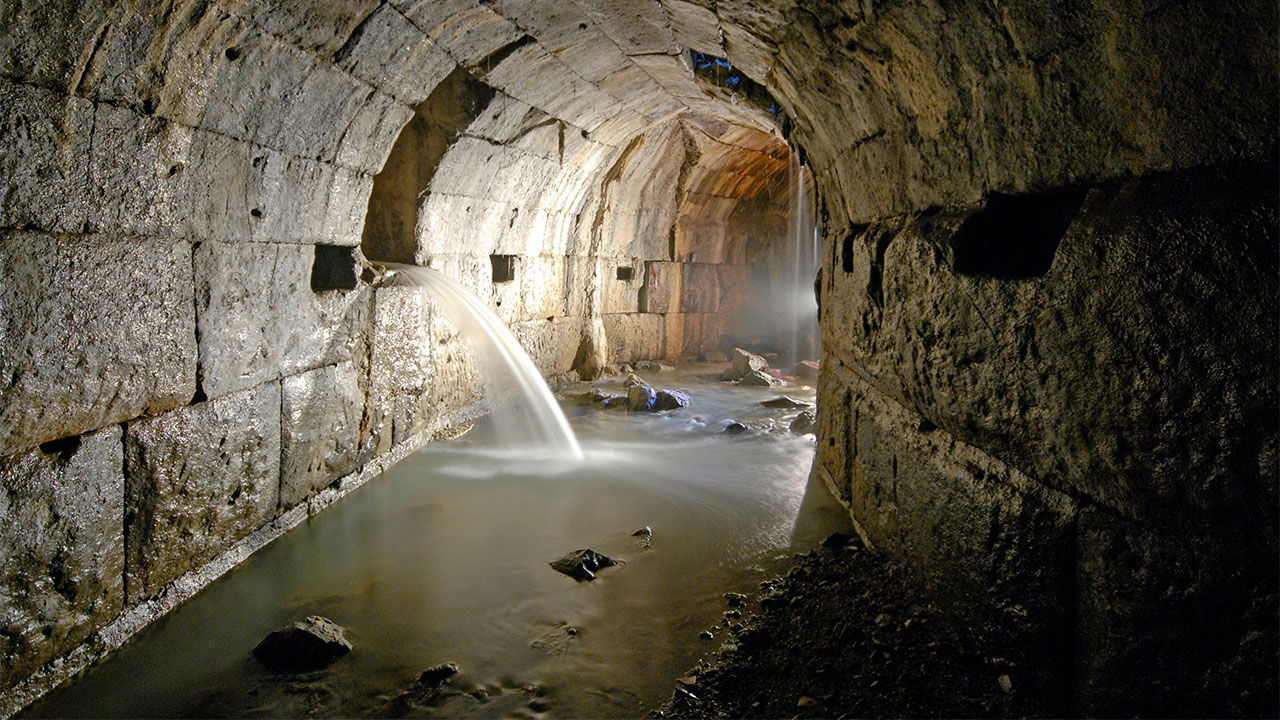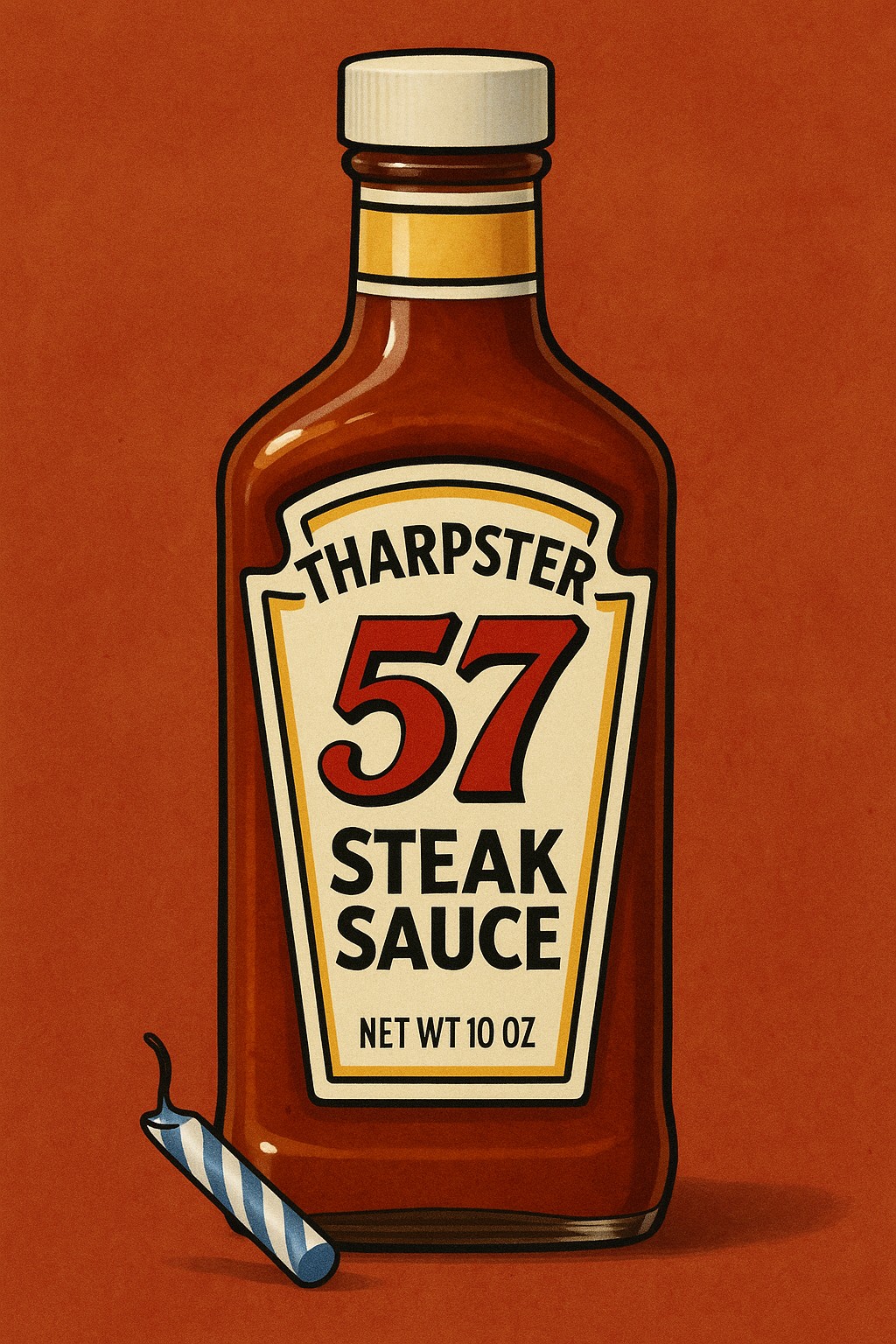Kelston, Somerset, England – Scientists in England announced a breakthrough today in their ongoing research in understanding how to efficiently dispose of solid waste. The unexpected result which came out of a decade of research revealed that the ambient temperature around a commode plays as much of an important part as water pressure and diet when it comes to moving waste into the sewer system and onto eventual treatment.
The study was conducted at The Harington Center for the Metamorphosis of Ajax with a goal of finding a more efficient way to move solid waste from a toilet, while reducing the amount of water used and extending the life of the infrastructure within the sewer system.

In 1596 Sir John Harington, a courtier and godson to Queen Elizabeth I of England, published The Metamorphosis of Ajax – A new look at a stale subject, in which he described his invention for a flushing plopper. Over 400 years later, scientists at the center named for Harington discovered that an ambient temperature around the commode of four degrees below zero generates an environment which is most conducive for evacuating waste. The revelation came as a byproduct of the research on optimizing the movement of materials through a sewer system.
Interesting enough, the ubiquitous nature of four degrees below zero transcends the temperature scale and renders it inconsequential. Temperature can be measured using Celsius, Fahrenheit, Kelvin, or even the Rankine scales, however the approach of maintaining an optimal temperature in the W.C. will not require any conversions from one scale to another.
Instead, all one has to do when making a deposit to the loo is remain cognizant of the environmental conditions of the garderobe and endeavor to assume four degrees below zero. Once achieved, the process becomes more efficient.
In order to assist the populace with incorporating four degrees below zero in the privy, The Harington Center for the Metamorphosis of Ajax has created a flyer which can be posted in the vicinity of the evacuation to serve as a reminder of what the temperature should be.









